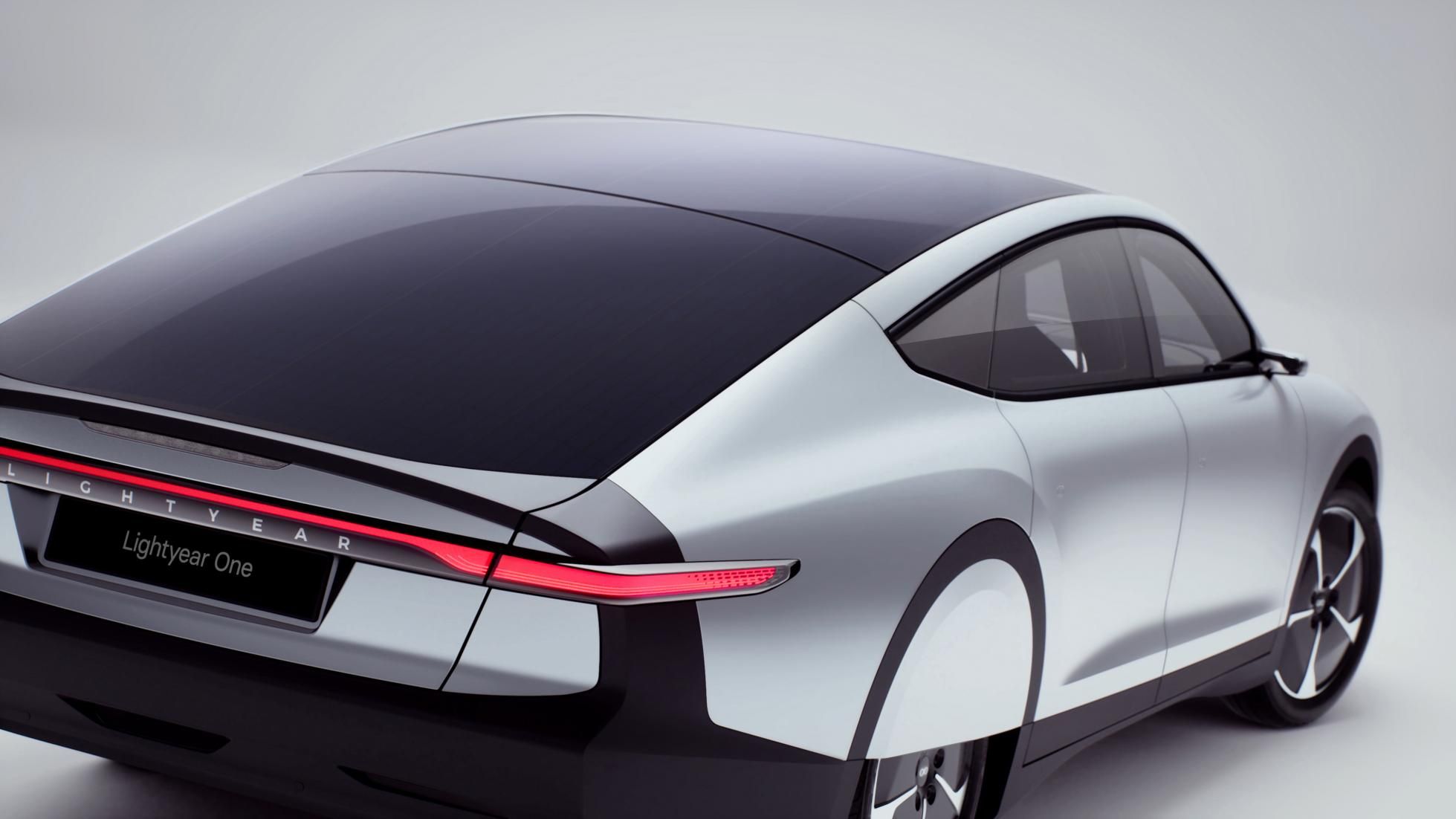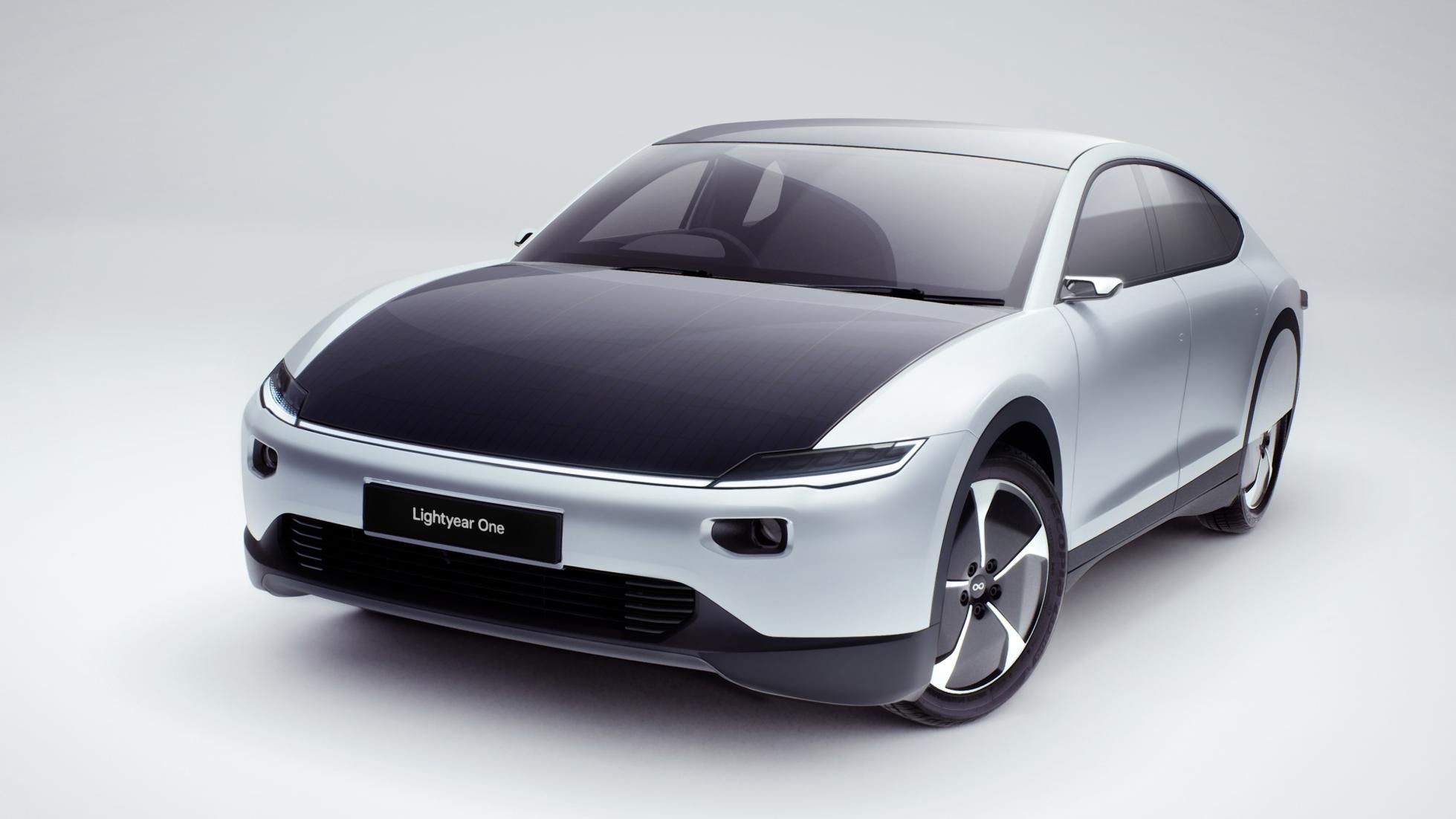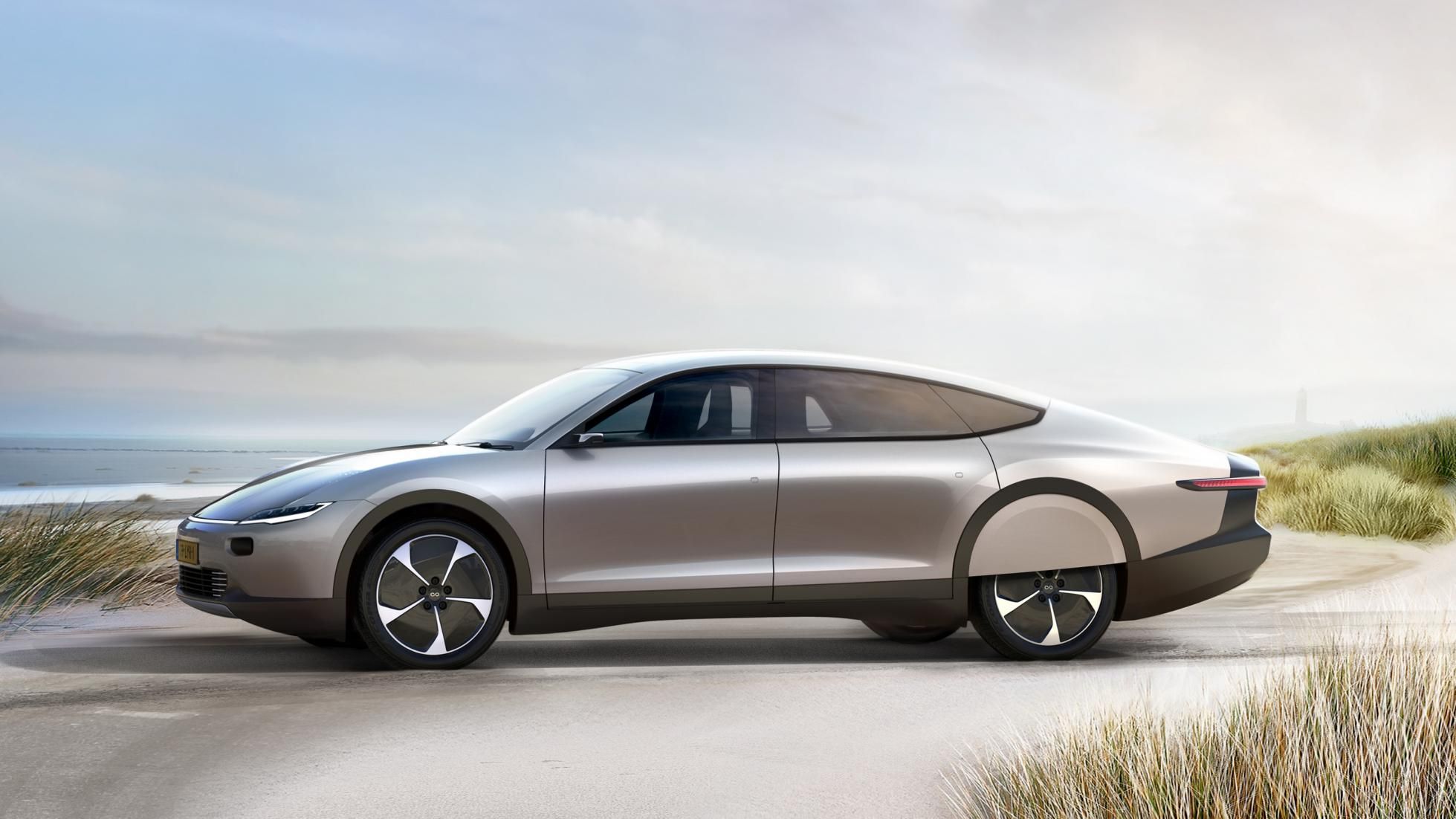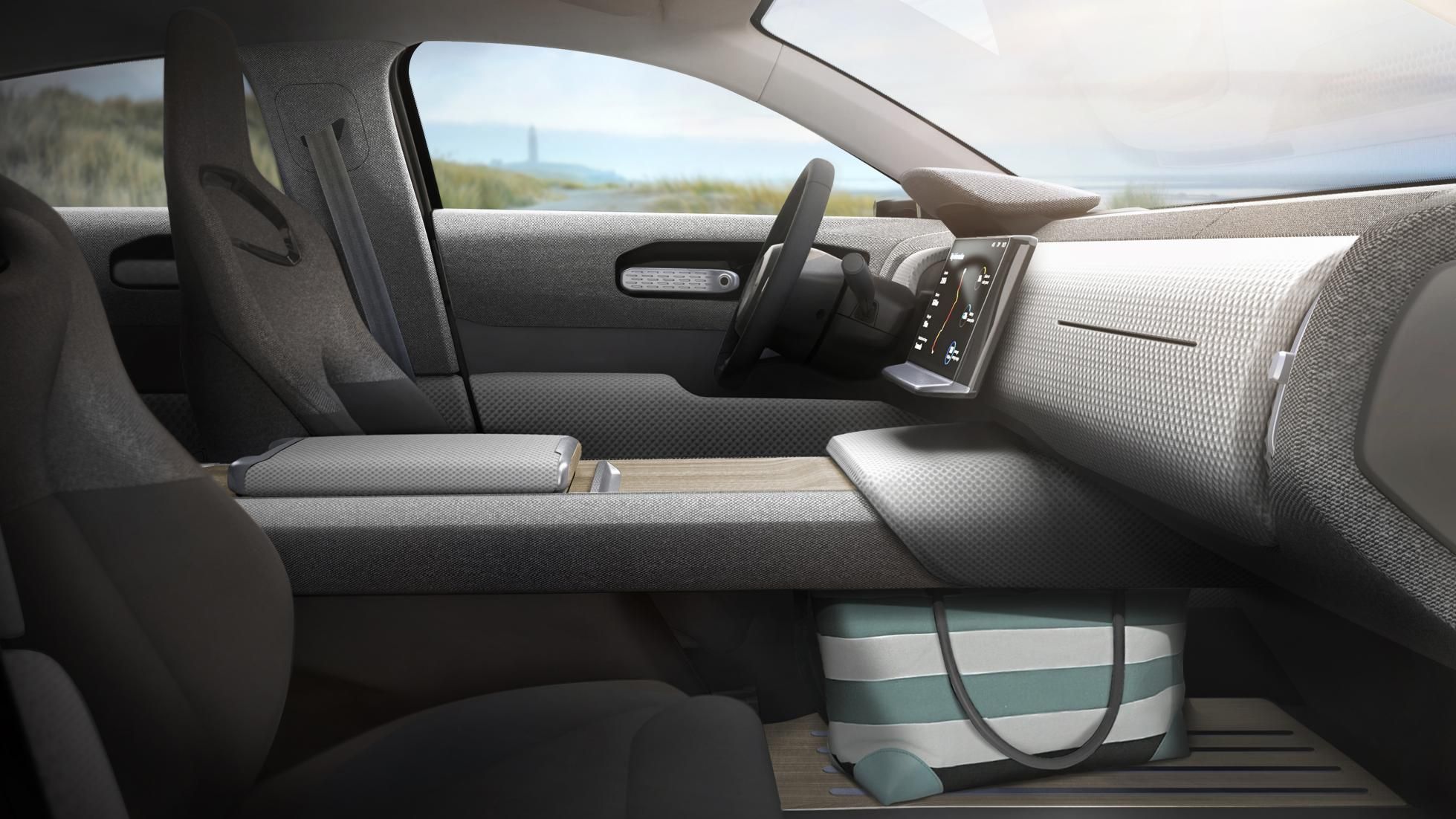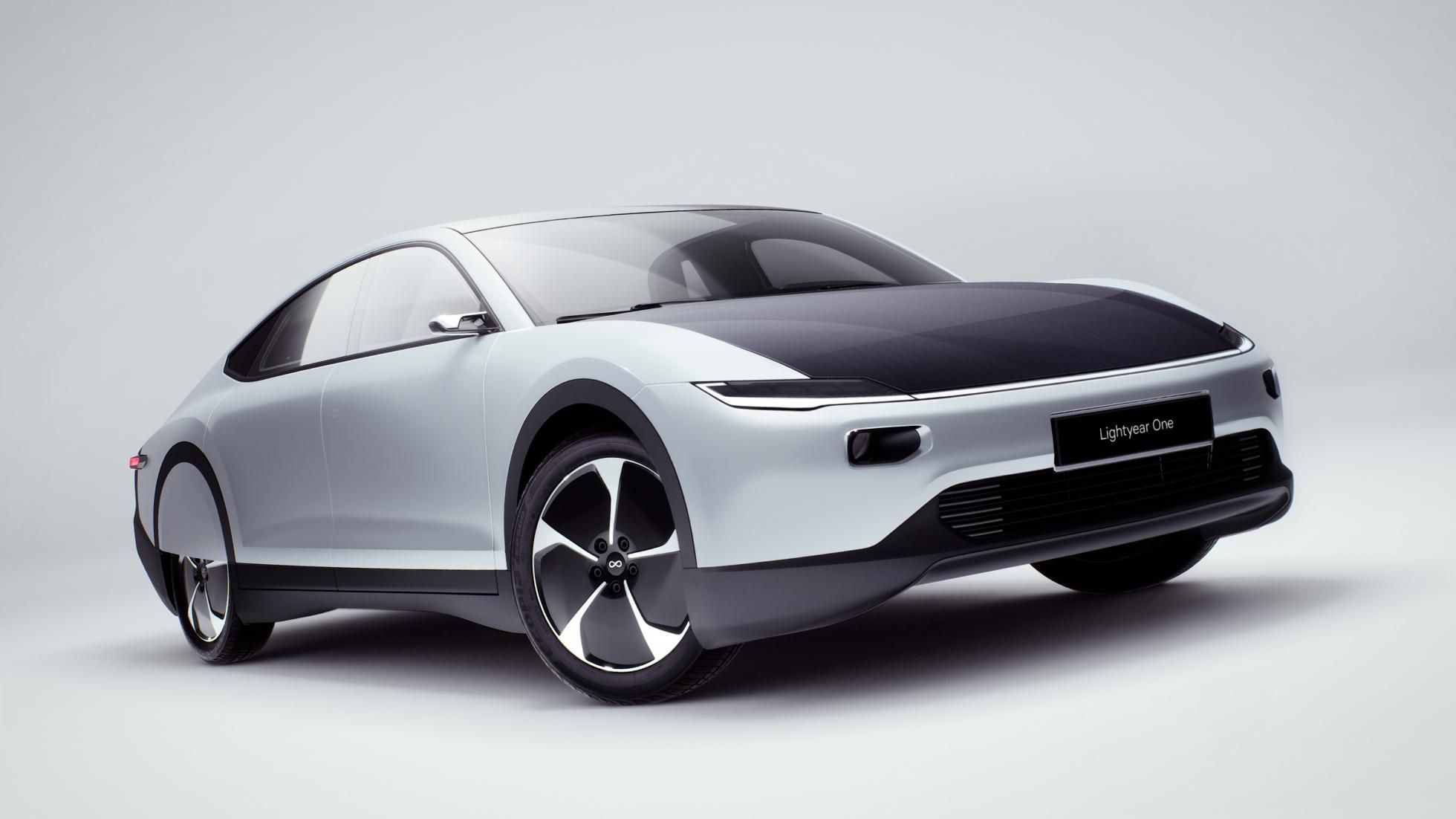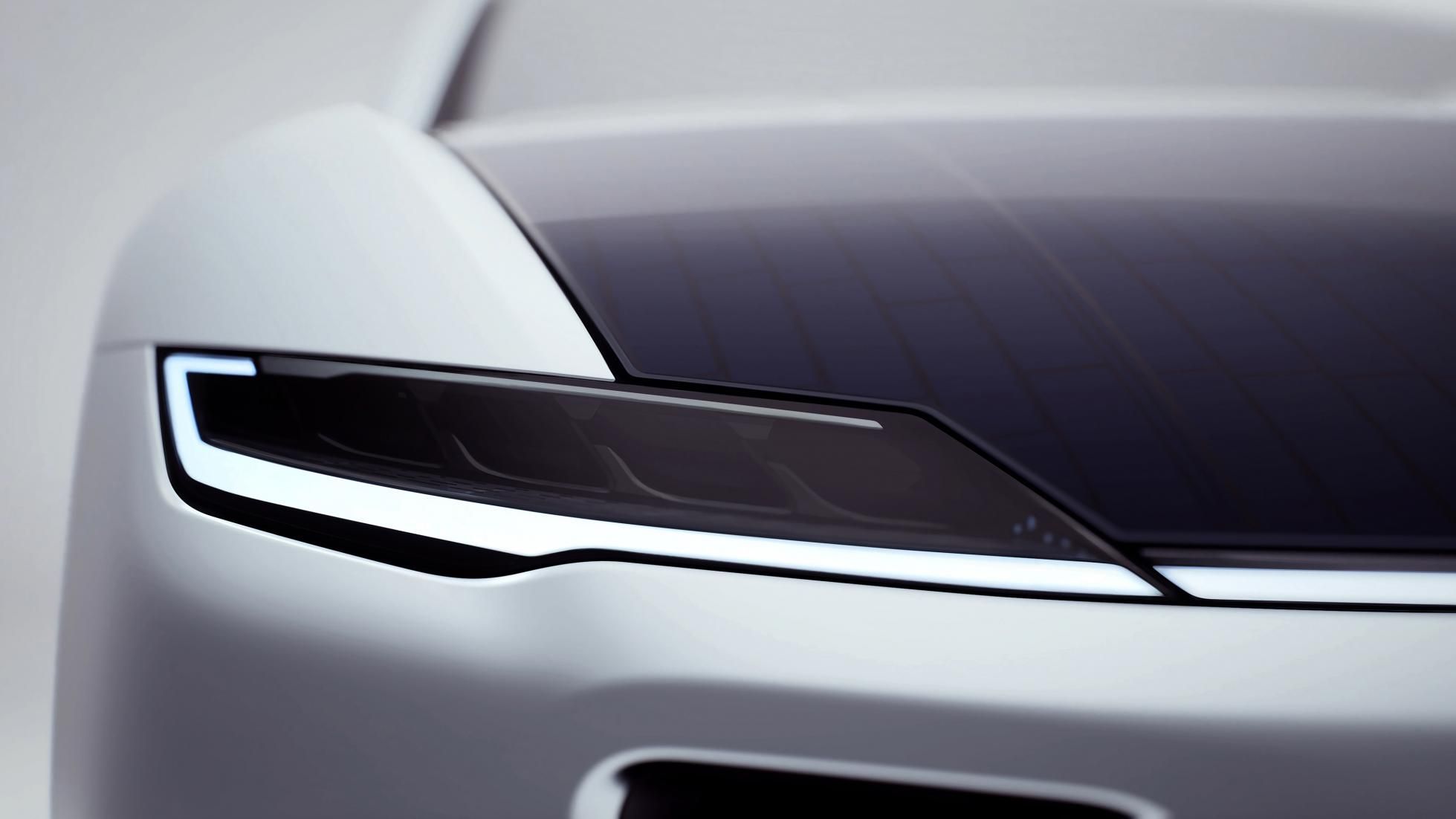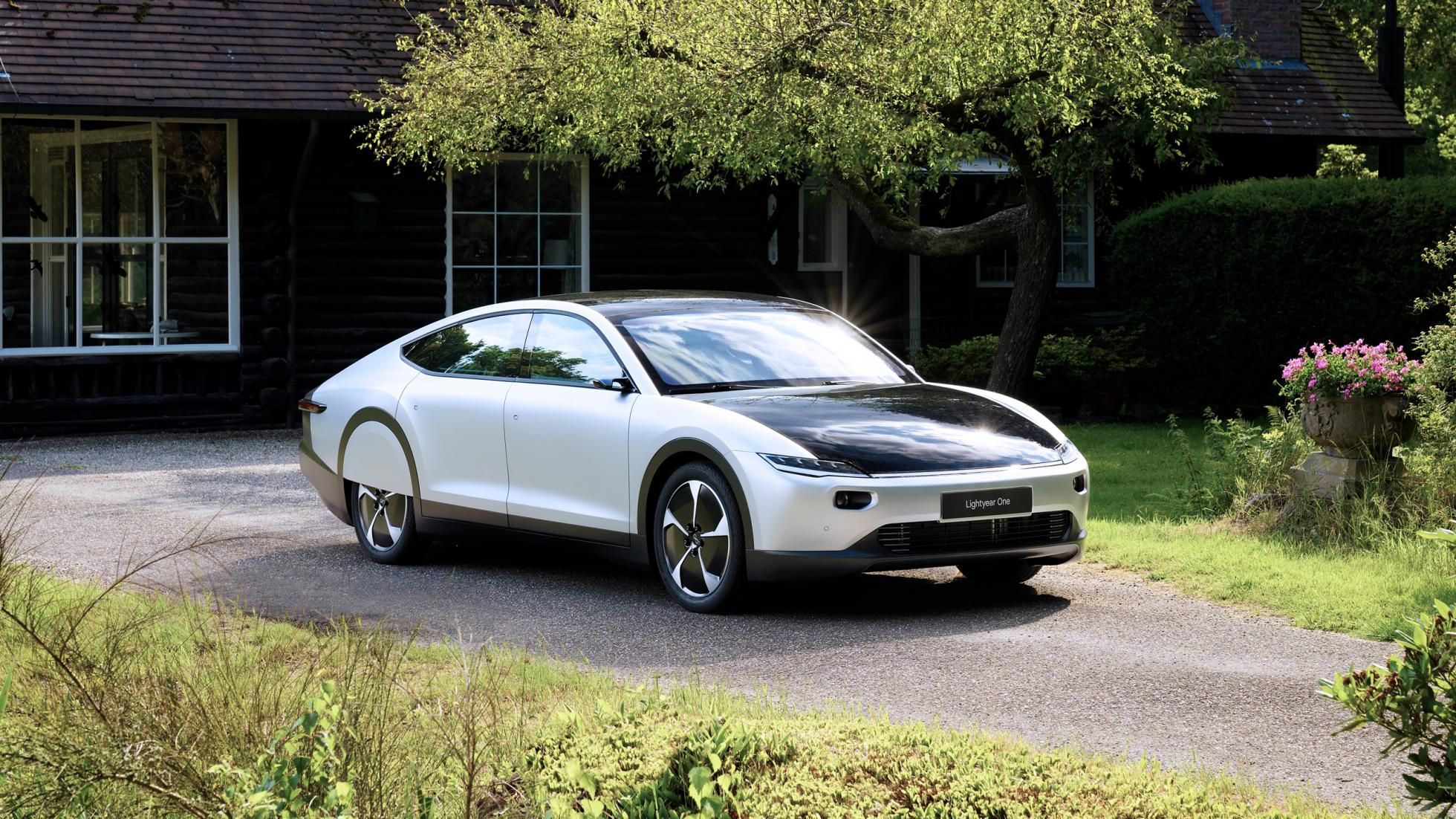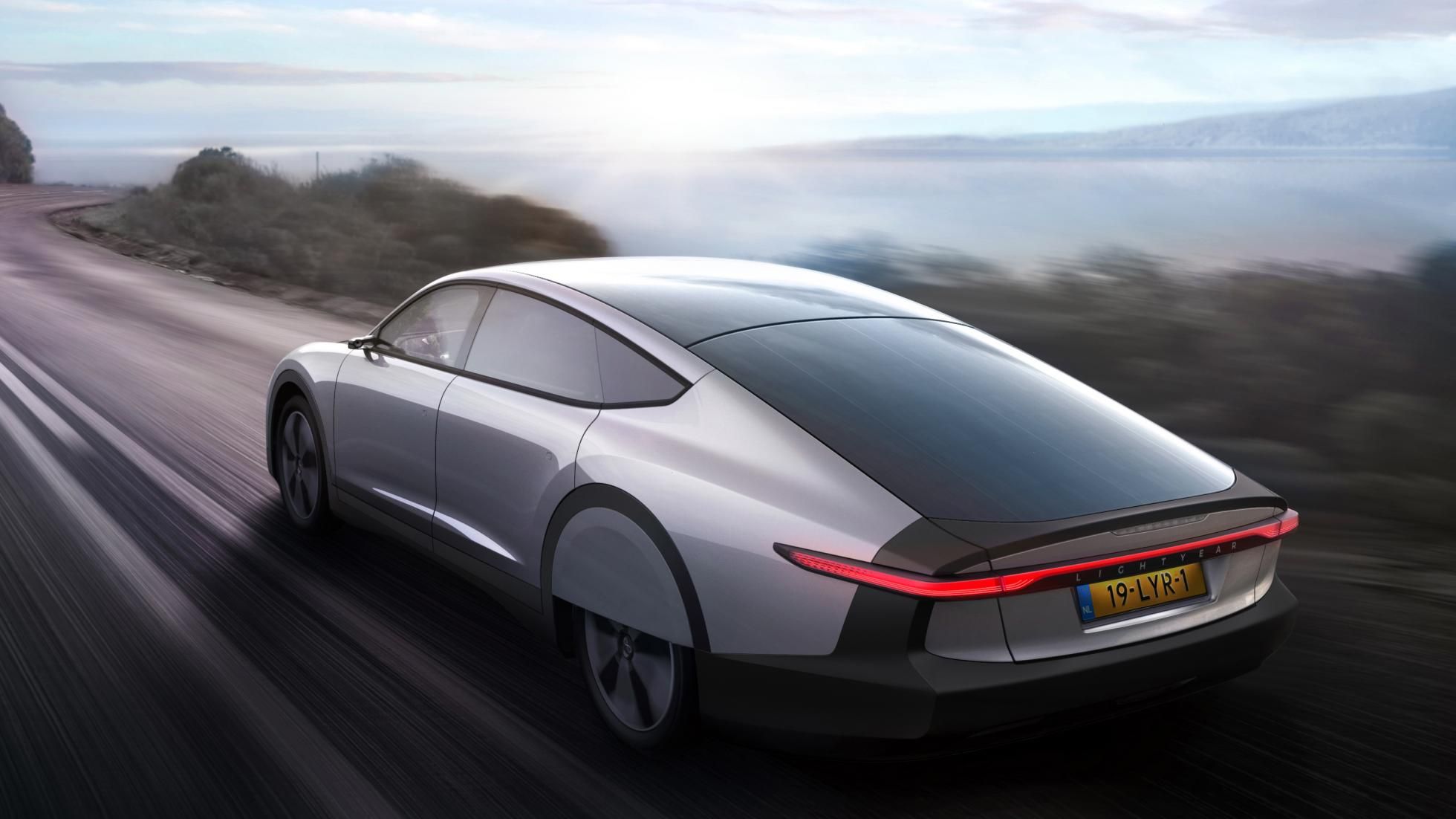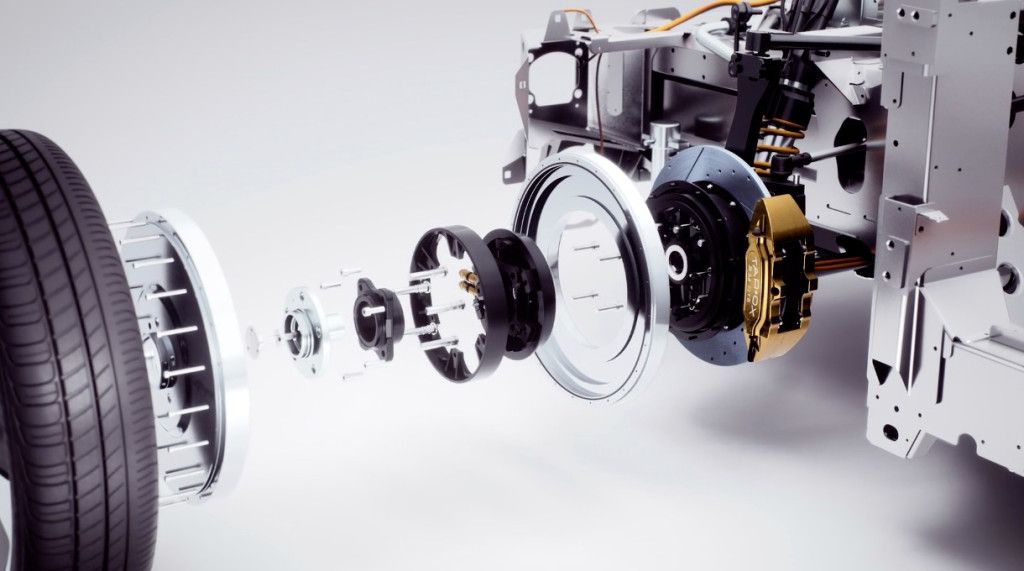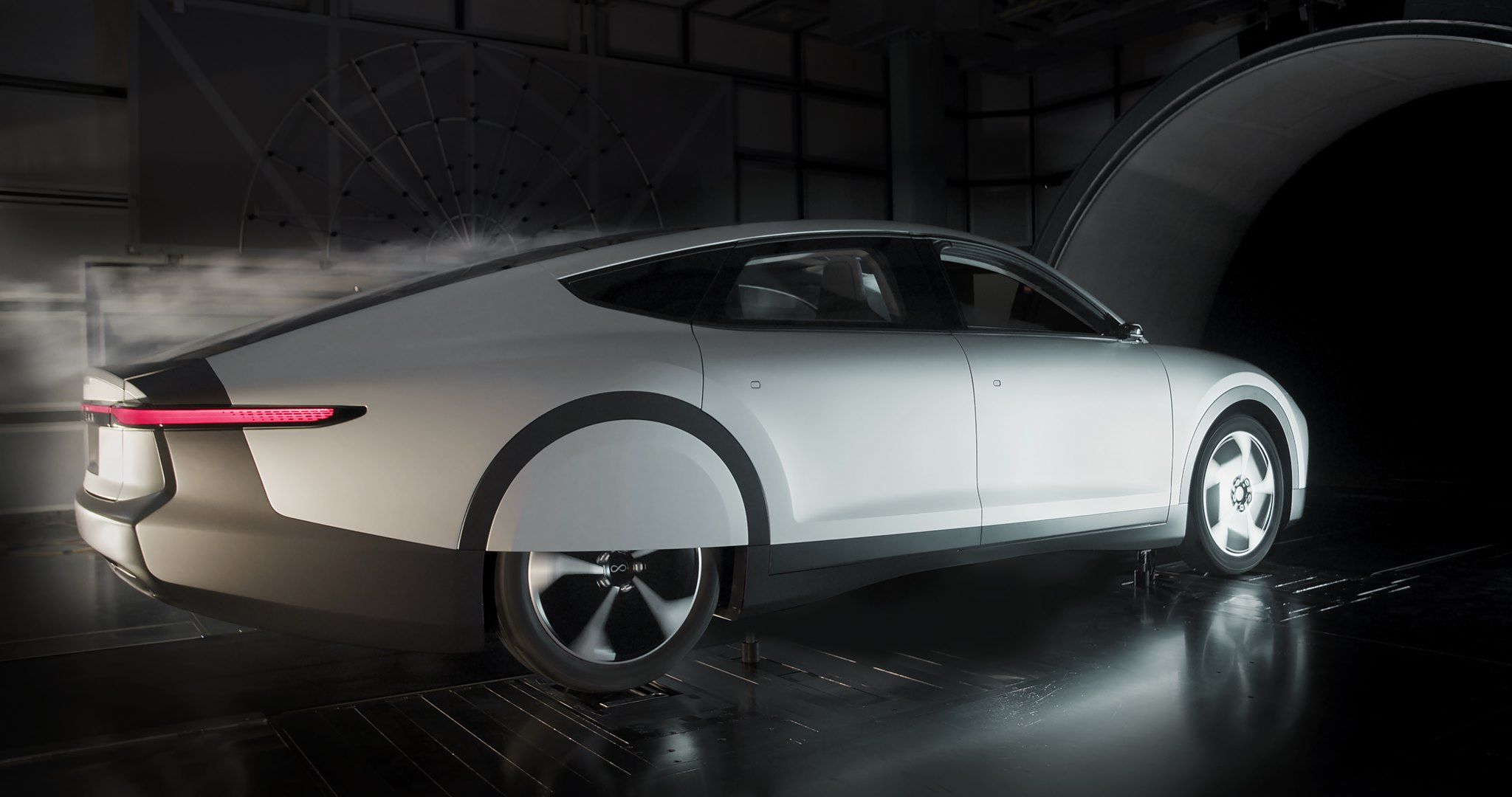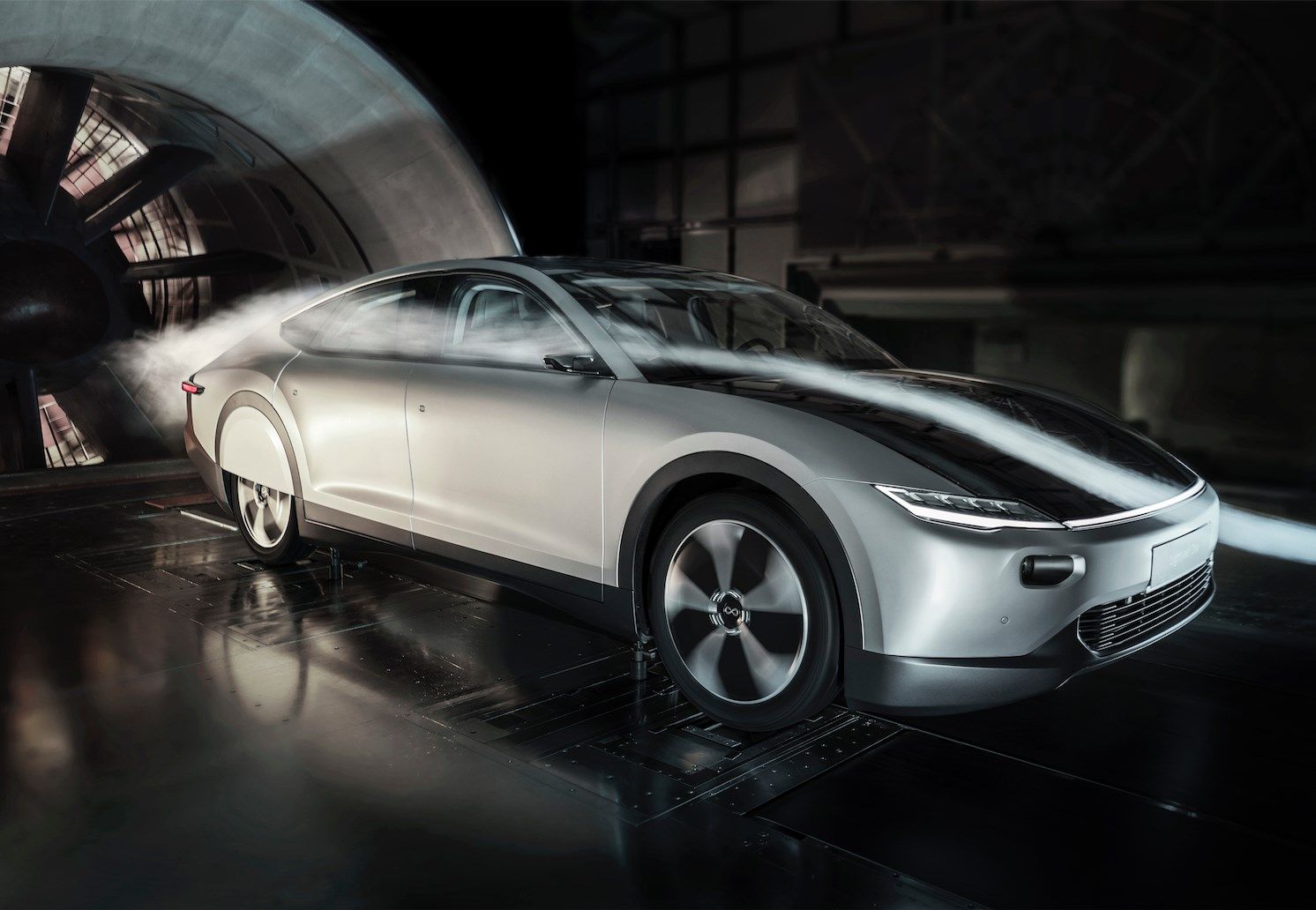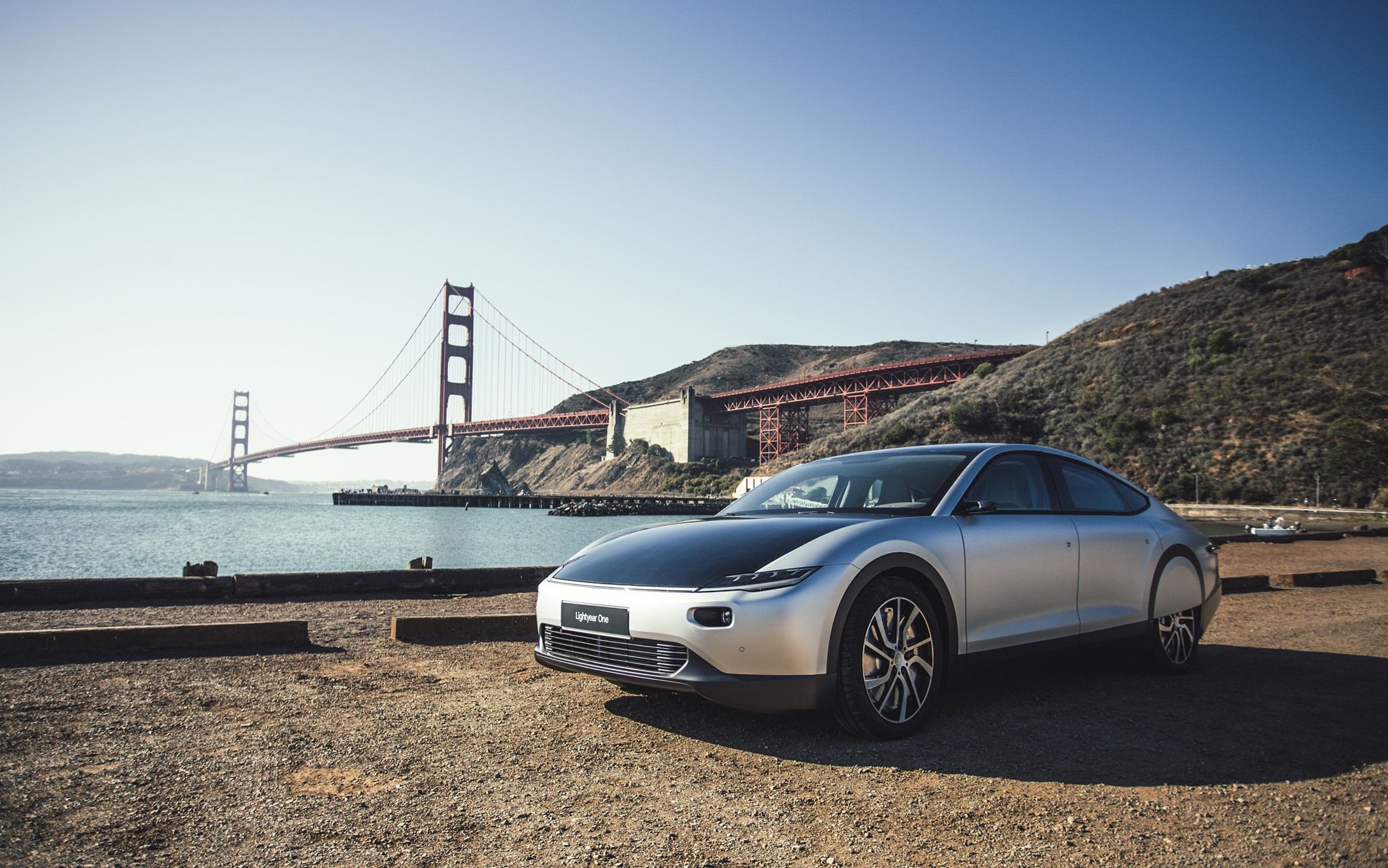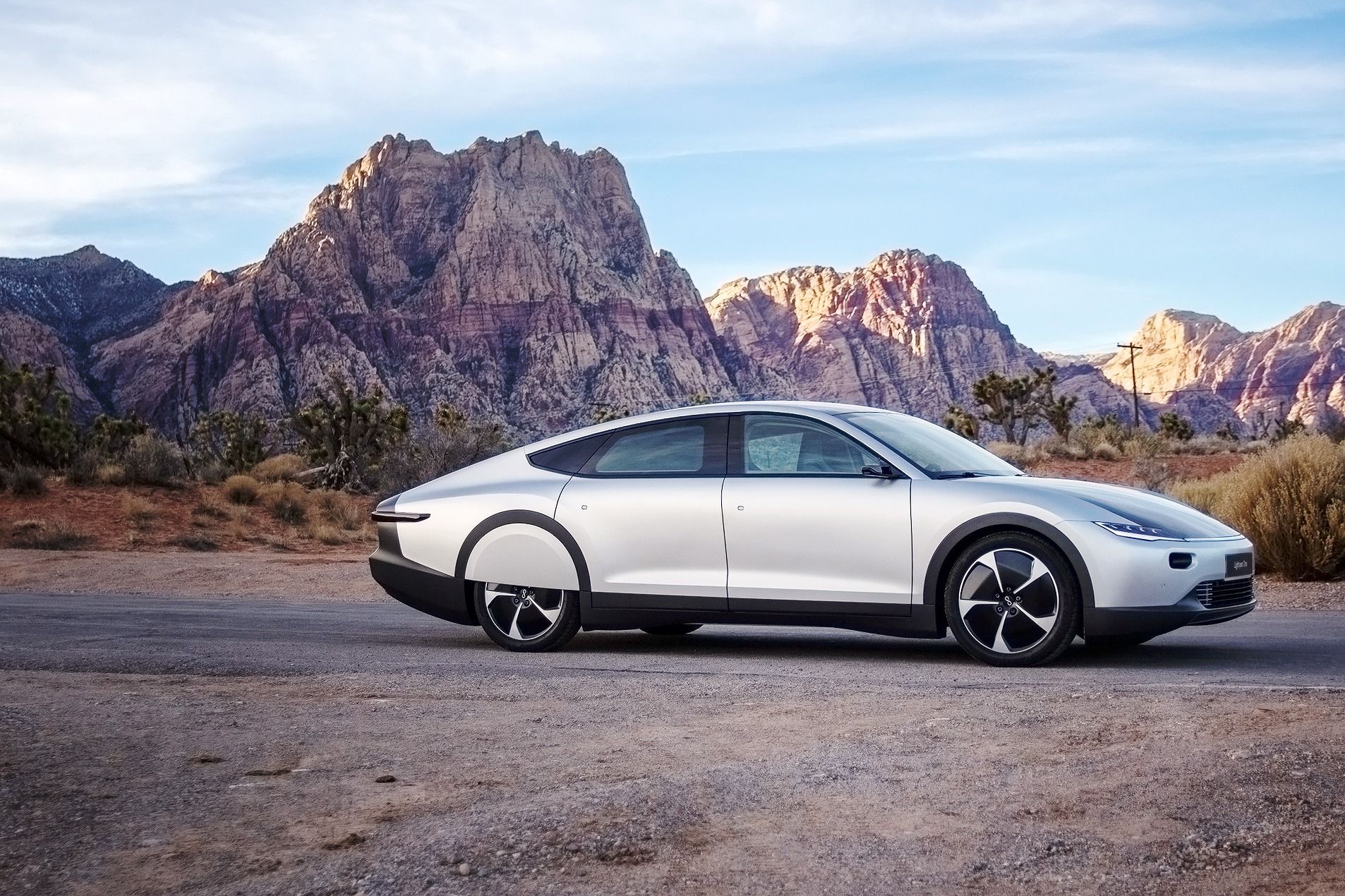There is no dearth of electric cars in the market today. The technology related to EVs is still developing and every automaker has to start from scratch. Perhaps, that is why you can see a lot of new automakers here.
Millennial companies like Tesla have become an existential threat to bigger marques like Audi, BMW, and Mercedes. But, this has opened doors to a lot of new companies that are trying to make a name for themselves. One such company is Lightyear, started by a bunch of University students from the Netherlands back in 2016.
2020 2020 Lightyear One
- Make: Array
- Model: 2020 2020 Lightyear One
- Engine/Motor: inline-4
- Horsepower: 182
- [do not use] Vehicle Model: Array
<
Lightyear’s first project, called Lightyear One, came into the spotlight when the company claimed a 450-mile range. It didn’t just end there; Lightyear also said that the car will feature solar panels all around its body and will charge the battery significantly on the go. Does Lightyear have what it takes to succeed in the long run?
Exterior
There are not many elements on the car's face and that makes it a very plain-Jane appearance. An LED light strip runs across the tip of the hood and integrates flawlessly into the headlight clusters. The headlight clusters are quite sleek and find themselves sitting on the farthest end of the face. It has a strong Mazda Miata vibe to it.
Fog lights are placed barely a few inches below the headlights. The bottom half of the bumper comprises of a big air dam in the middle with a lip underneath it. This lip is neatly designed and forms aero flaps on either end that help reduce wind resistance. The hood is not 'painted' in black; that is one of the solar panels found all over the car. More of this is covered in the Drivetrain section.
Lightyear has put in a lot of effort to bless this a car with one of the lowest drag coefficients on the planet today. That was done to make this car as efficient as possible. So, this has got to do a lot with how the One is shaped. Lightyear has used a mix of lighter building materials like aluminum and carbon fiber while maintaining rigorous safety standards. The wheel arches are sculpted and almost touch the hood of the One. The design, like the front, doesn’t involve a lot of cuts and creases of any sort. Instead of wing mirrors, Lightyear engineers have installed sensors that will relay the data inside the cabin. A good move, both in terms of function and aesthetics.
The roof slowly rakes downwards and extends to the very end of the car. It looks like a fastback from here. The best part is the way that Lightyear has executed the design without making it look out of proportion and weird. The roof, right from the windshield to where it hits the tailgate is a solar panel. As for the wheels, the rear set gets a cover on the top half, which will draw polarizing opinions. I’m honestly not much of a fan of those.
There is a very strong resemblance to the British car. The One features a slim LED taillight that runs from the side of the body to the back, and wraps around at the other end. There is a lip on the upper half that looks subtle but makes a world of a difference to the overall appearance. The whole bumper is painted in black and adds to the sporty element. There is 'LIGHTYEAR' branding under the slim LED taillight strip in a classy font. A stoplight can be also seen right above it. Overall, Lightyear One is an absolute looker and will draw more positive responses than negative ones in terms of aesthetics.
Lightyear One Dimensions
|
Length |
5,057 mm |
|
Width |
1,898 mm |
|
Height |
1,426 mm |
|
Cargo Space |
27.5 cubic feet |
Interior
It seems spacious, but the sloping roofline at the back is sure to get intrusive for taller passengers. Another interesting design element is that the rear seats don’t get headrests per se. The back is completely covered with the seating material and there is no view of the action behind the One. Unless Lightyear integrates a camera and provides a rearview mirror that relays the display on here, I think this is a big safety issue. As for the outside rearview mirrors, Lightyear has placed cameras instead of conventional units, and the display for the same is integrated in the door handle cluster. It is not a big display and it raises doubt of its functionality, but the good thing is that it's surrounded by a piano black finish and that helps you see the display clearly.
A sufficiently meaty flat-bottomed steering wheel features thumb contours and wooden elements. The wheel is devoid of any buttons. You can see honeycomb design embossed onto the material on the dash and the armrest. A large display sits behind the steering wheel. The HVAC vents are quite unorthodox and a tad bit smaller than the ones we see in ‘regular’ cars.
The center armrest is large enough to let the driver and the passenger rest their arms simultaneously. This, too, has wooden elements in between with indents to rest stuff like a wallet or a mobile phone. Unlike the majority of EVs, the One doesn’t feature a larger-than-life touchscreen system. It is a decent-sized unit that supports Apple CarPlay as well as Android Auto. Lightyear has also provided a wireless charging pad on the One.
Drivetrain
With in-wheel hub motors, the company will have to make use of custom brakes as well. On the flip side, these motors offer better maneuverability and reduce energy consumption. Even the company says that 'in addition to lowering the weight and improving control, it means that no energy is lost in transit from the motor to the wheel.'
Lightyear is yet to announce the power output figures, but we can safely assume that it won’t be a rocket by any means since the focus is to make it an efficient car and extract every last mile possible from the battery. The only performance figure we know is that the One will take 10 seconds to sprint to 62 mph from a standstill.
The One is essentially a solar car. There is an in-built battery in the car but the capacity isn’t revealed yet.
The ‘solar car’ is not a gimmick with some solar cells placed in and around the roof. The roof and hood are covered with 16 square feet of solar cells covered by a safety glass to protect them from damage.
Lightyear claims these solar cells are 20-percent more efficient than traditional models. Also, if the sunlight is falling merely on half of the hood, or just on a few parts of the car, the charging will still continue unlike traditional panels wherein you need an optimum amount of sunlight on a certain area (generally the full patch) to charge the battery.
Like any other EV, the Lightyear One can also be plugged in and charged. The car supports charging through domestic plugs, public charging stations, as well as fast charging.
The company states that the charging speeds vary depending on the source:
-* 3.7 kW through a 230v plug – 22 miles per hour
-* 22 kW (public station) – 130 miles per hour
-* 60 kW (Fast charging) – 354 miles per hour
-* Solar Charging – 7.5 miles per hour
There are a few other vehicles that will be offered with solar charging. The respective companies claim the following range:
-* Tesla Cybertruck – 15 miles per day with panels. 30-40 miles with panels and fold-out solar wings per day
-* Sono Sion – 18 miles per day
-* Fisker Ocean – 1,000 miles annually
Prices
Lightyear has already opened the order books for the first 500 One cars. Over 100 have already been pre-ordered. The One is quite an expensive car, to say the least. It is priced at €149,000 (approximately $166,000). You can reserve the car for €119,000 (approximately $133,000).
Competition
Porsche Taycan
The Taycan turned a lot of heads not only for its design and performance specs but also for its poor range. This is exactly the opposite of what the Lightyear One is. The Taycan is based on the Mission E concept and has a lot of 911-inspired features. The profile looks very similar to the Panamera and also has a sweet sporty rear diffuser. On the inside, it has stuff like a digital instrument cluster and a 10.9-inch infotainment screen. It is powered by two electric motors and comes in different trims and power outputs. The best of the lot sprints to 60 mph from a standstill in 2.6 seconds. However, the mile range is an absolute disaster. The Taycan Turbo is rated at 201 miles, whereas the Taycan Turbo S at 192 miles. The Porsche Taycan starts at $150,000 for the base trim and goes all the way up to $185,000.
Conclusion
The Lightyear One is a sweet looking car and one of the most aerodynamic vehicles in the market today. The interior is plain and simple but has its own bits of unorthodox touches all around. It is not a performer by any means as it takes 10 seconds to hit the 62 mph mark, but the One is perhaps the most energy-efficient car in the market today.
Solar charging is a bonus and is expected to add approximately 12,500 miles annually. The 450-mile range is obviously the cherry on the cake. The steep price will surely not find a lot of buyers, but the Lightyear One is a niche in itself with no real competition as of yet. The company, however, has said that it has plans to build affordable EVs as well in the future. That would better happen soon because no company that started off with an expensive car has really succeeded in the market; unless it shifted its focus (see Rivian or Fisker).

